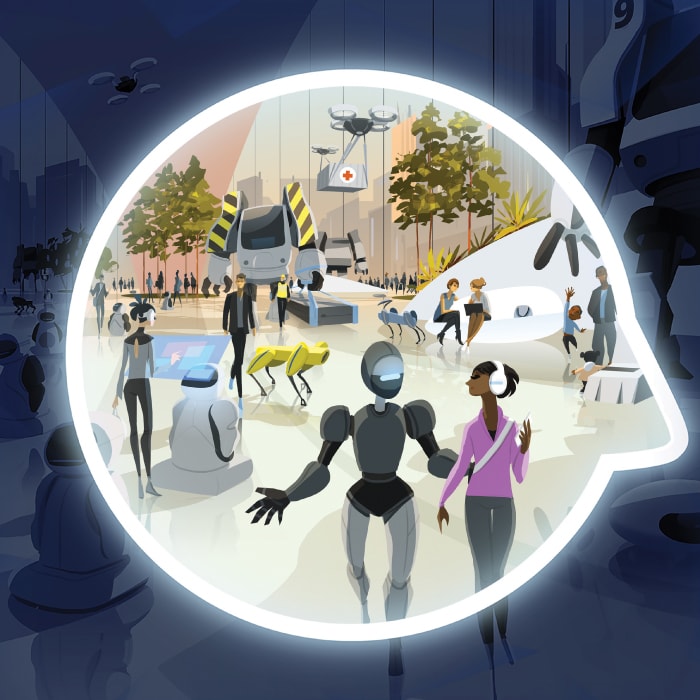Article
2021 Human Capital Trends
Leading the shift from survive to thrive
Making the shift from “survive to thrive” is dependent on an organisation becoming distinctly human at its core—a different way of being that approaches every question, every issue, and every decision from a human angle first.
In 2020, organisations around the world were forced to enact radical new ways of working and operating amid the pandemic’s human and economic impacts. Organisations had to respond to a sudden, unforeseen crisis, whose rapidly changing nature confounded efforts to predict and plan for events. This new reality is reflected in the 2021 Human Capital Trends.
For this report, Deloitte surveyed 6,000 professionals across every industry, sector, and region of the globe, with 99 countries participating. 3,630 of this year’s respondents were senior executives. And, for the first time in the survey’s history, business executives outnumbered HR executives, emphasising the importance they placed on human capital issues in the COVID-19 crisis. Deloitte’s Human Capital Trends are the largest longitudinal study in the field of Human Capital and are currently in their tenth year of publication.
Preparedness stems from a “thrive” mindset
While much of 2020 was dedicated to survival, organisations are now facing the challenge of how to thrive in a world of unprecedented disruption. COVID-19 proved that people and organizations are capable of tremendous growth under the pressure of a crisis. The challenge for many will be to sustain that momentum to discover new ways to thrive in the long term, even as disruption constantly resets the path forward.
Human Capital Trends 2021 - Download the full report here
Read the full privacy policy.
While executives have long recognized that well-being is important, the COVID-19 pandemic brought home how significant it really is. Organizations suddenly found themselves called upon to prioritize workers’ physical and mental well-being as a matter of survival, as protecting their health and alleviating their stress became critical to operations. Work and life, health, safety, and well-being became inseparable. Recognizing the inextricable link among our well-being, our work, and our lives has led more organizations to think deeply about ways they can design well-being into work itself so that both workers and the organization can thrive moving forward.
During COVID-19, leaders called upon workers to expand their roles to whatever needed to be done—and workers rose to the challenge, identifying critical needs and deploying their capabilities against them from the bottom up. The growing prevalence of worker agency and choice during the pandemic showed that, when given the chance to align their interests and passions with organizational needs, workers can fulfil their potential in ways that leaders may never have known they could, positioning the organization to thrive in the long term.
During the COVID-19 pandemic, organizations doubled down on teams and teaming as a survival strategy to enable adaptability and speed. Leaders now have the opportunity to use what they have learned to construct “superteams” that pair people with technology to re-architect work in more human ways. By amplifying human contributions to new and better outcomes, superteams can play an integral part in an organization’s ability to grow and thrive.
COVID-19 was a rude awakening that governing workforce strategies using retrospective metrics and measurements describing the workforce’s current state, severely limits an organization’s ability to survive disruption, let alone thrive in it. Asking and answering different questions—questions that push leaders to constantly challenge their approaches to work and the workforce—can help organizations meet constant change with the confidence that comes from thinking and looking ahead.
The pandemic required people to work in radically new ways, whether remotely using technology or in-person with safety and social distancing procedures in place. In addressing these challenges, HR was thrust to the forefront of organizations’ efforts to survive the crisis—and gained greater credibility among business executives as a result. As organizations emerge from the pandemic, HR has the opportunity to build on its newly enhanced position to shift its role from managing workers to re-architecting work, driving better outcomes that position organizations to thrive.
Looking back at the past years of Global Human Capital Trends
Take a look at our library of HC Trends from the past years, to explore what shaped today’s the HR- and Talent Trends.




